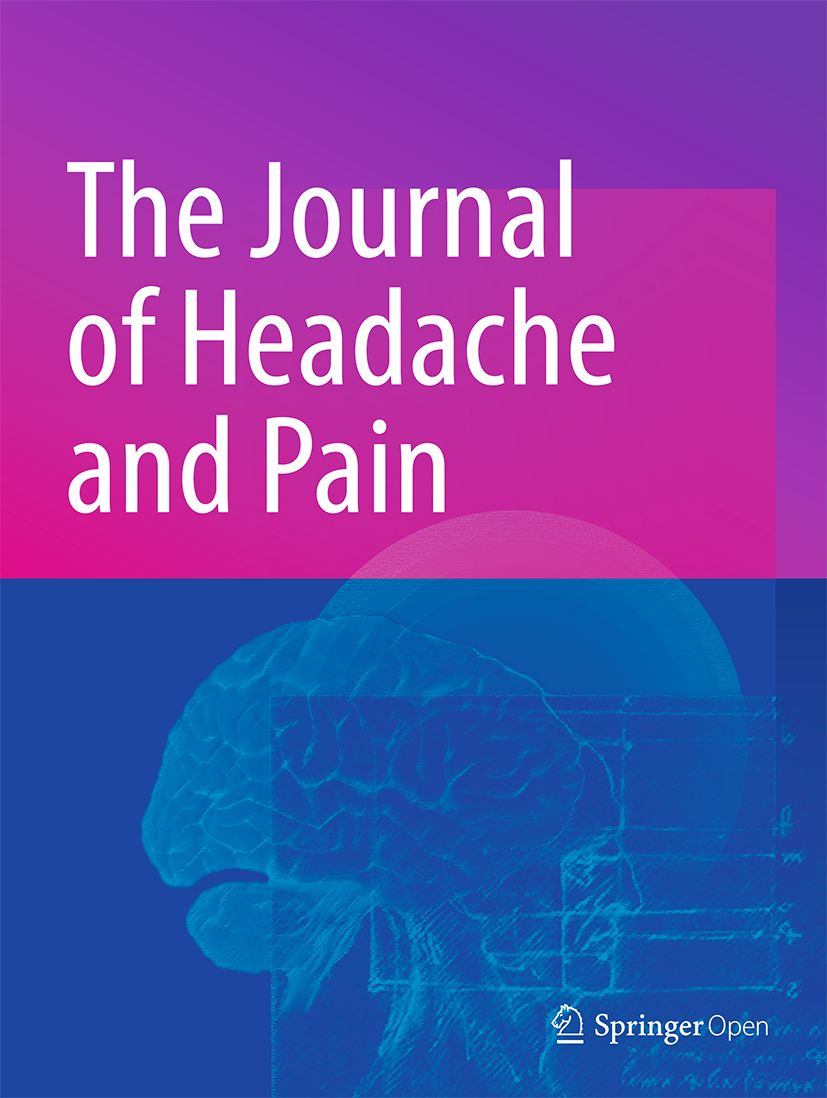
“Importance: The use of cannabis as a medicine is becoming increasingly prevalent. Given the diverse range of conditions being treated with medical cannabis, as well as the vast array of products and dose forms available, clinical evidence incorporating patient-reported outcomes may help determine safety and efficacy.
Objective: To assess whether patients using medical cannabis report improvements in health-related quality of life over time.
Design, setting, and participants: This retrospective case series study was conducted at a network of specialist medical clinics (Emerald Clinics) located across Australia. Participants were patients who received treatment for any indication at any point between December 2018 and May 2022. Patients were followed up every mean (SD) 44.6 (30.1) days. Data for up to 15 follow-ups were reported. Statistical analysis was conducted from August to September 2022.
Exposure: Medical cannabis. Product types and cannabinoid content varied over time in accordance with the treating physician’s clinical judgement.
Main outcomes and measures: The main outcome measure was health-related quality of life as assessed using the 36-Item Short Form Health Survey (SF-36) questionnaire.
Results: In this case series of 3148 patients, 1688 (53.6%) were female; 820 (30.2%) were employed; and the mean (SD) age was 55.9 (18.7) years at baseline before treatment. Chronic noncancer pain was the most common indication for treatment (68.6% [2160 of 3148]), followed by cancer pain (6.0% [190 of 3148]), insomnia (4.8% [152 of 3148]), and anxiety (4.2% [132 of 3148]). After commencing treatment with medical cannabis, patients reported significant improvements relative to baseline on all 8 domains of the SF-36, and these improvements were mostly sustained over time. After controlling for potential confounders in a regression model, treatment with medical cannabis was associated with an improvement of 6.60 (95% CI, 4.57-8.63) points to 18.31 (95% CI, 15.86-20.77) points in SF-36 scores, depending on the domain (all P < .001). Effect sizes (Cohen d) ranged from 0.21 to 0.72. A total of 2919 adverse events were reported, including 2 that were considered serious.
Conclusions and relevance: In this case series study, patients using medical cannabis reported improvements in health-related quality of life, which were mostly sustained over time. Adverse events were rarely serious but common, highlighting the need for caution with prescribing medical cannabis.”
https://pubmed.ncbi.nlm.nih.gov/37159196/
https://jamanetwork.com/journals/jamanetworkopen/fullarticle/2804653






